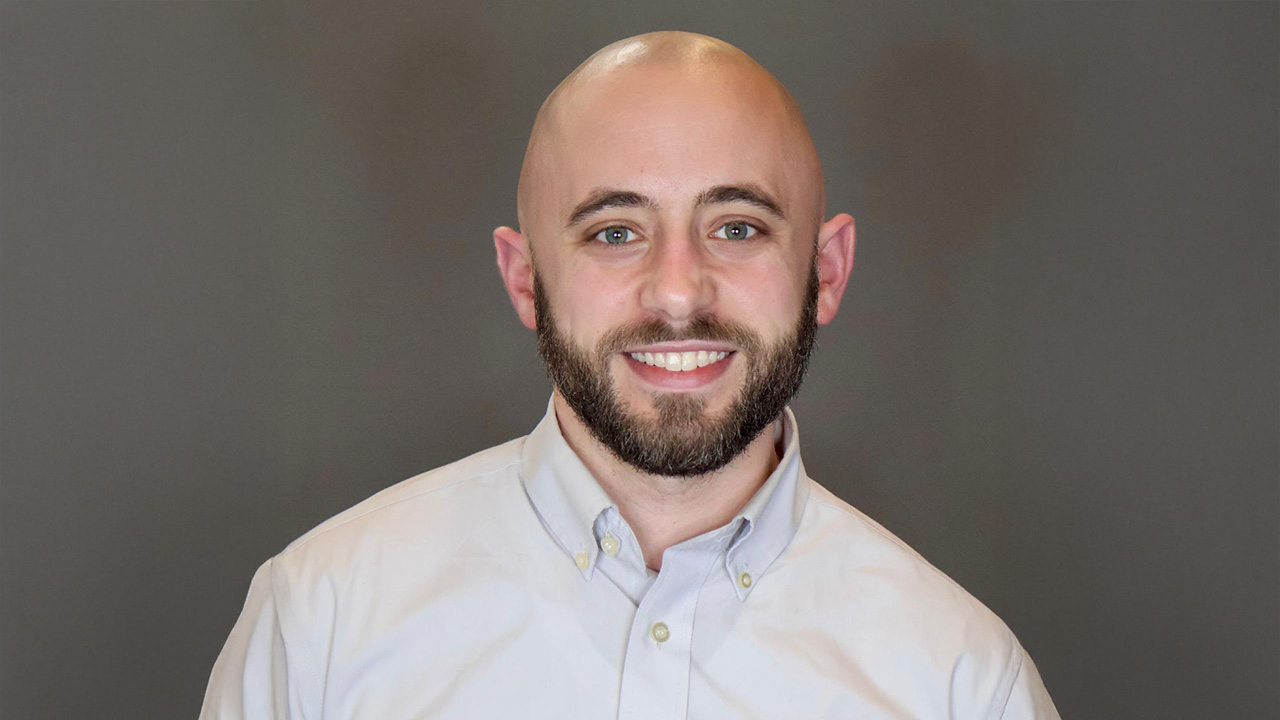ERA Digital Forum finds digital printing is ‘at the beginning’
The inaugural European Rotogravure Association (ERA) Digital Forum has concluded that the current status of digital printing ‘is just the beginning’.

Digital Forum was organized to address the current state of the digital printing market and the opportunities for further development, with ERA secretary-general James Siever explaining: ‘Digital printing has grown far beyond its origins in producing office documents. It is not even restricted to documents; packaging and decorative applications are increasingly being served by digital presses on an industrial scale. How are printers who use conventional print processes to react?’
Several gravure printers have already taken the step of establishing digital print capabilities for special jobs and very short run lengths, added Siever, either within their existing premises or as separate companies.
The ERA Digital Forum program included presentations from printers, press manufacturers and consumables suppliers, such as Oliver Baar of KBA Digital & Web Solutions, HP’s Juergen Freier, Eberhard Waldhör of Arcolo, and Interprint’s Malte Tadday and Robert Bierfreund are scheduled to present.
Baar opened the conference by stating that digital printing is so far evolutionary rather that disruptive, using decorative printing as an example with digital inkjet printing allowing a faster time to market, quicker throughput and small individual jobs, tempered by being slower and more costly than conventional processes. He added that the production organization needs to be adapted to handle the greater number of jobs to be printed, with a different way of selling digital printing required also.
Juergen Freier of HP discussed ‘Considerations when going digital’, and noted the danger of commoditization of print products, which leads to a race to the bottom in prices, bringing bankruptcies and consolidation. The key, he said, is to find products that appeal to consumer emotion. ‘When emotions get involved, people don’t care about pricing, and margins explode.’
Presentations also touched on technical topics, with Eberhard Waldhör of ink company Arcolor outlining ongoing printhead developments and Christoph Kellermeier, consultant for the coatings and printing industry, addressing the role of primers in digital printing. The differences in ink properties in conventional and digital printing, from rheology through reception to drying, can be compensated for by a primer or pretreatment of the substrate. In the future, some of the primer functionality may be moved into either the ink ingredients or the coating of the paper, he noted, depending on the volume requirements for the product. Process Standard Digital (PSD) was presented by Dr Andreas Kraushaar of the German printing research institute Fogra. PSD follows on from the Process Standard Rotogravure and Process Standard Offset, and addresses output process control, color fidelity and workflow issues.
Providing firsthand experience, Dāvids Grāveris of Immer Digital in Ventsplis, Latvia reported on industrial digital printing for flexible packaging using an HP Indigo 20000 digital press. Printing on BOPP films as well as on paper, Immer Digital offers a special service for start-up companies in conjunction with the Immer Digital Design service to drive customer loyalty. It has also taken advantage of the variable data capability to print 20,000 unique milkshake cartons, and 100 variations of a snack pack for trial in an exhibition.
‘What we have heard shows that the current status of digital printing is just the beginning, but it gives an idea about the future of our industry,’ said Robert Bierfreund, managing director of decorative printer Interprint, and ERA board member.
Read L&L’s Digital Press Buyer’s Guide in issue 3, 2017
Read updates on digital flexible package and folding carton printing in L&L issue 3, 2017
Stay up to date
Subscribe to the free Label News newsletter and receive the latest content every week. We'll never share your email address.

